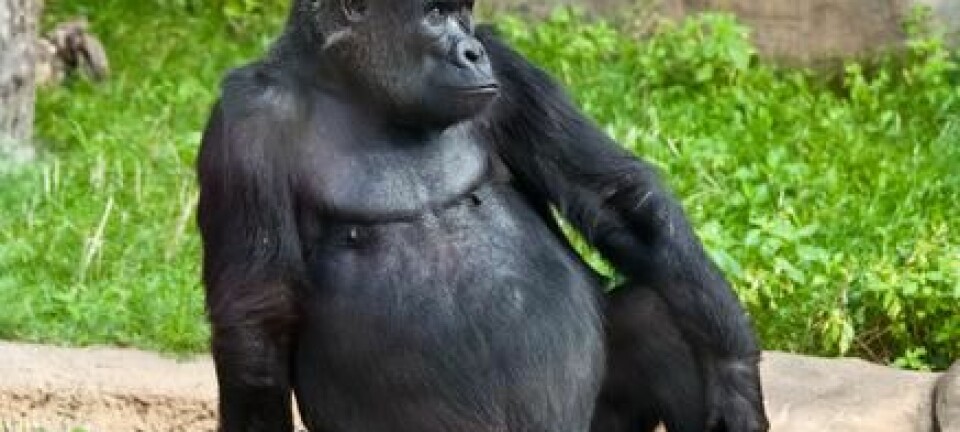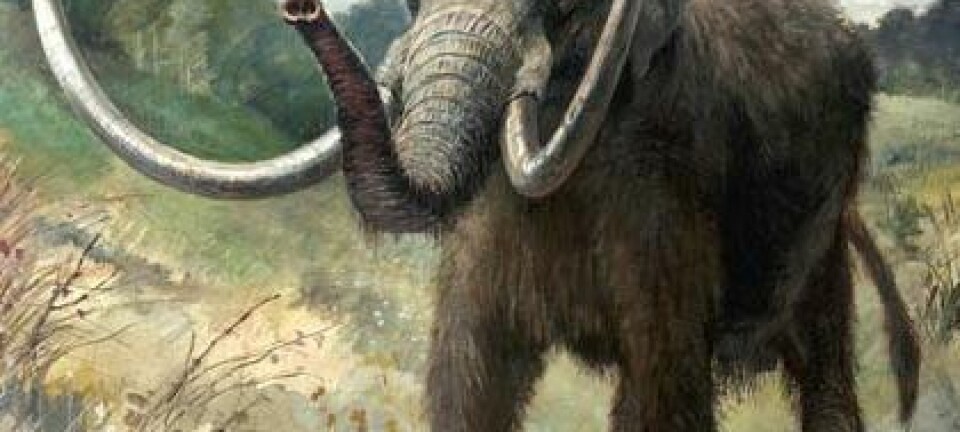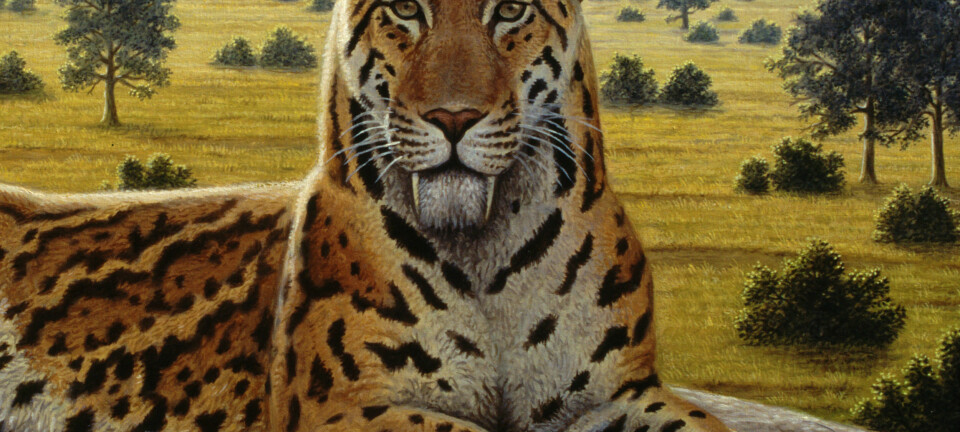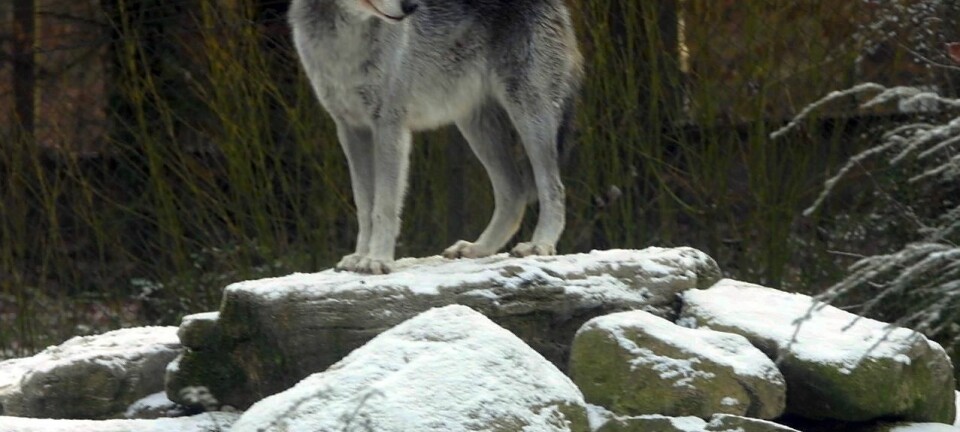
Inbreeding among mountain gorillas has no consequences
Scientists map entire genome of mountain gorillas and are surprised by what it reveals about inbreeding.
In the mountains in the heart of Africa, deep inside the dense vegetation between Rwanda, Uganda, and the Democratic Republic of Congo (DRC), lives the mountain gorilla. Because of a drastic reduction in the population, they live in very small, isolated groups -- which has unavoidably resulted in inbreeding.
An international study has mapped the mountain gorillas' genome – the last sub-species of great apes. The study shows, among other things, that the mountain gorillas have an extremely low genetic diversity as a result of many years' inbreeding. However, the damaging consequences of inbreeding appears to be absent among the mountain gorillas.
"The mountain gorilla population has been falling drastically for many years so we wanted to take a closer look at what effect living in such small populations might have had on them and which consequences many years of inbreeding had had. As it turned out, the damaging genetic variations that usually arise in small, inbred populations were not there," says one of the study's co-authors, the geneticist Christina Hvilsom, a Ph.D from Copenhagen Zoo. She hopes that the results can give scientists some new tools to fight against the mountain gorillas’ extinction.
"It’s an interesting study from the point of view of what actually happens in the populations that lose their genetic diversity. The mountain gorilla population has fallen from several thousand to a few hundred – this has consequences in terms of both inbreeding and selection," says assistant professor Thomas Mailund from the Bioinformatics Research Centre at Aarhus University.
The mountain gorilla “should” be extinct
As a result of intensive inbreeding, the destruction of habitats, and poaching, the mountain gorilla should already be extinct, according to Hvilsom.
“We saw it in the case of the Neanderthal, where small populations led to inbreeding, which was a contributory factor in their extinction. We’re going to take a closer look at our surprising results, which show that this is not the case with the mountain gorillas," she says.
Isolation leads to inbreeding
The scientists took blood samples from different sub-groups of gorillas for subsequent comparison. The scientists selected 13 different gorillas from the group of East gorillas. Seven of these gorillas were mountain gorillas from Central Africa, while the rest were lowland gorillas from East Africa.
After they had taken the blood samples, the scientists compared the gorillas' genomes with each other – as well as with those of West African lowland gorillas. It was in comparison with the other gorilla sub-groups that the scientists discovered the low genetic diversity of the mountain gorillas.
According to Hvilsom, the low genetic diversity is partly a result of isolation in small groups which has lasted for thousands of years – and thus resulted in a lot of inbreeding among the gorillas.
"When populations are genetically identical, the individual groups tend to amass harmful genetic variations in the population and this can have fatal consequences for the group's survival. But it was rather exciting that our study actually indicated that this was not the case with the mountain gorillas. They have adapted to living in small populations and many of the harmful genetic variations were removed from the population because of heavy inbreeding. This made us wonder," says Hvilsom.
New study can help improve conservation
The reason the study was initiated in the first place was because scientists wanted to find out why the mountain gorillas were able to live so well with all that inbreeding going on.
"It all began with curiosity, a strong desire to conserve nature and this hugely threatened species, but most of all it was actually to find out how the mountain gorillas continue to exist, considering the level of inbreeding over so many years. It turns out that they are actually in a sound genetic state – all things considered.
The researchers behind the study now intend to use the results to bring nature conservation more into focus.
In concrete terms the scientists will be able to use the charted genome to trace the origin of the gorillas found on the black market so as to be able to help the gorillas where they need it.
--------------
Read the original story in Danish on Videnskab.dk
Translated by: Hugh Matthews











